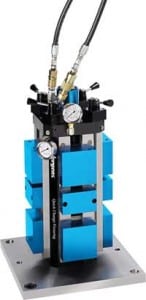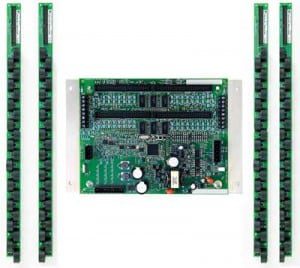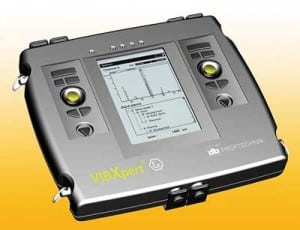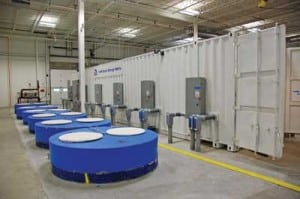Latest
-
Business
Workforce management lessons from women in power generation
Do you have enough women working in your power plant? Forget for a moment equal opportunity laws. More important is the knowledge that the programs and culture changes that would make women more likely to consider a plant career are the same ones that would make it more attractive to many younger men.
-
O&M
JCP&L’s SCADA-controlled adaptive relay scheme saves 25 SAIDI impact minutes
In 2005, Jersey Central Power & Light (JCP&L), a subsidiary of Akron, Ohio – based FirstEnergy Corp., initiated a project to identify protection system improvements that could be made to proactively combat wind- and lightning-related weather events that create sustained power outages (Figure 2). JCP&L determined that these changes had the potential to improve the […]
-
News
Rope scope
Karl Storz’s new 6-mm videoscope combines measurement capabilities with ease-of-use features in an advanced multipoint measuring system. Quartz glass limits the risk of scratching the lens while significantly brighter optics enhance image quality. The videoscope’s multiple interchangeable tip adaptors allow for near and far focus, and — at the same time, without changing tips — […]
-
News
Vise versa
In-house testing of the new Hydraulic Vise Column with patented swivel coupling from Jergens Inc. achieved up to a 50% reduction in production time when compared to the manual version performing the same tooling operation. The swivel coupling eliminates the need to disconnect and reconnect the two hydraulic hoses as the column rotates, and each […]
-
News
Pre-engineered water treatment components
This August, Aquatech International Corp. announced it had expanded its WATERTRAK pre-engineered water treatment components to include six new L-series products. These include multi-media filters, activated carbon filters, reverse osmosis systems (shown here), and water softeners. The new products are designed as cost-effective options for industries that are dependent on external water supplies. Featuring Aquatech’s […]
-
News
Reliable logic
Power and automation company Schneider Electric this September launched the Square D PowerLogic Branch Circuit Power Meter (BCPM), an advanced metering product designed to assist data center managers, engineers, and operators in delivering reliable power to critical applications. The PowerLogic BCPM monitors the power and energy usage of up to 84 branch circuits, as well […]
-
News
Vibration analyzer for hazardous areas
VIBXPERT EX, the new two-channel FFT data collector and signal analyzer from LUDECA Inc. monitors and diagnoses machine conditions for potentially hazardous environments that require explosion-proof systems. The VIBXPERT EX features 102,400 lines of resolution, simple joystick operation, acceptance measurements, run-up/coast-down analysis, time waveform analysis, enveloping, bearing data, 1- or 2-plane balancing, and much more. […]
-
Smart Grid
Flywheel technology nears commercial deployment
An integrated matrix of 10 high-power flywheels built and tested by Beacon Power Corp. earlier this year successfully absorbed and supplied a full megawatt of electricity, the energy storage technology company said in September. The achievement could mean that grid regulation using efficient energy storage is close to commercial deployment. The flywheel system, called the […]
-
Coal
Debunking the Chinese coal monster myth
A detailed analysis of power plants in China by researchers from the Massachusetts Institute of Technology (MIT) debunks the widespread notion that outmoded energy technology or the utter absence of government regulation is to blame for that country’s notorious air-pollution problems. The real issue, the study found, involves complicated interactions among new market forces, new […]
-
Hydro
Advanced tidal stream project planned for UK coast
Scotland is strategically placed at the widening funnel in which the churning waters of the North Sea meet those of the Norwegian Sea. The region is thought to have 25% of Europe’s tidal power resources and 10% of its wave power potential. Recently, the Crown Estate, which owns the UK seabed and controls the rights […]









